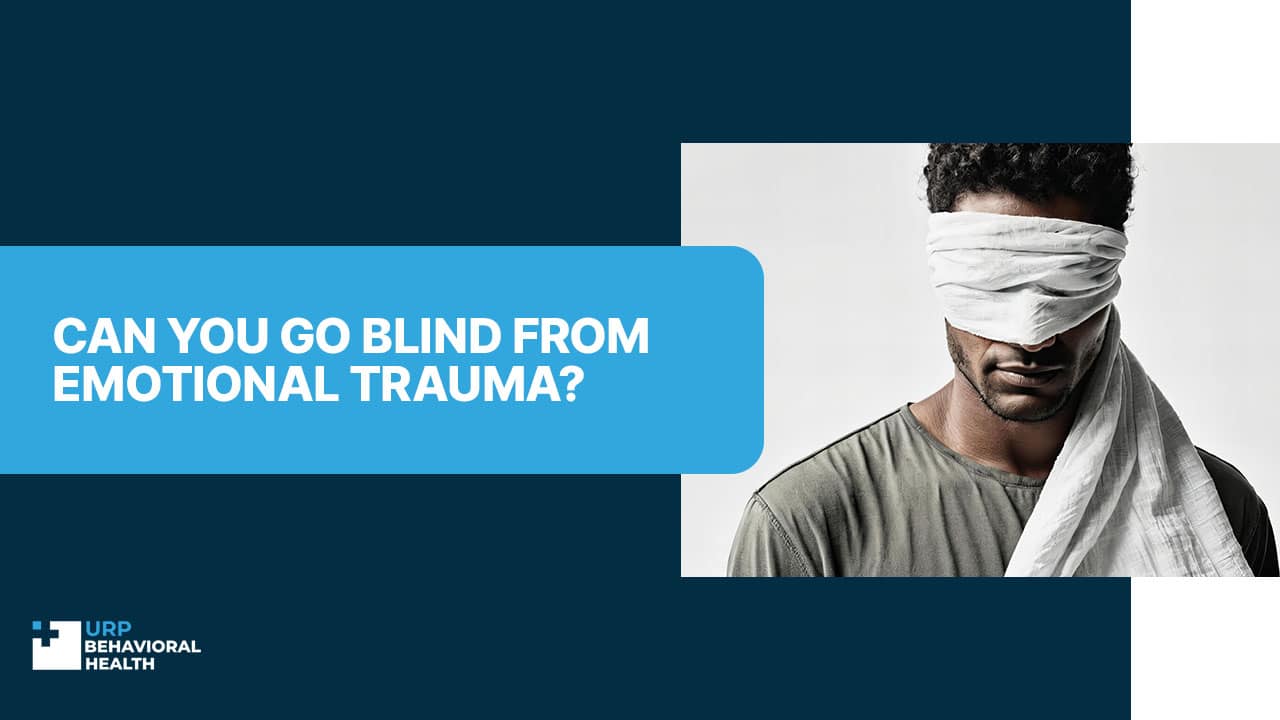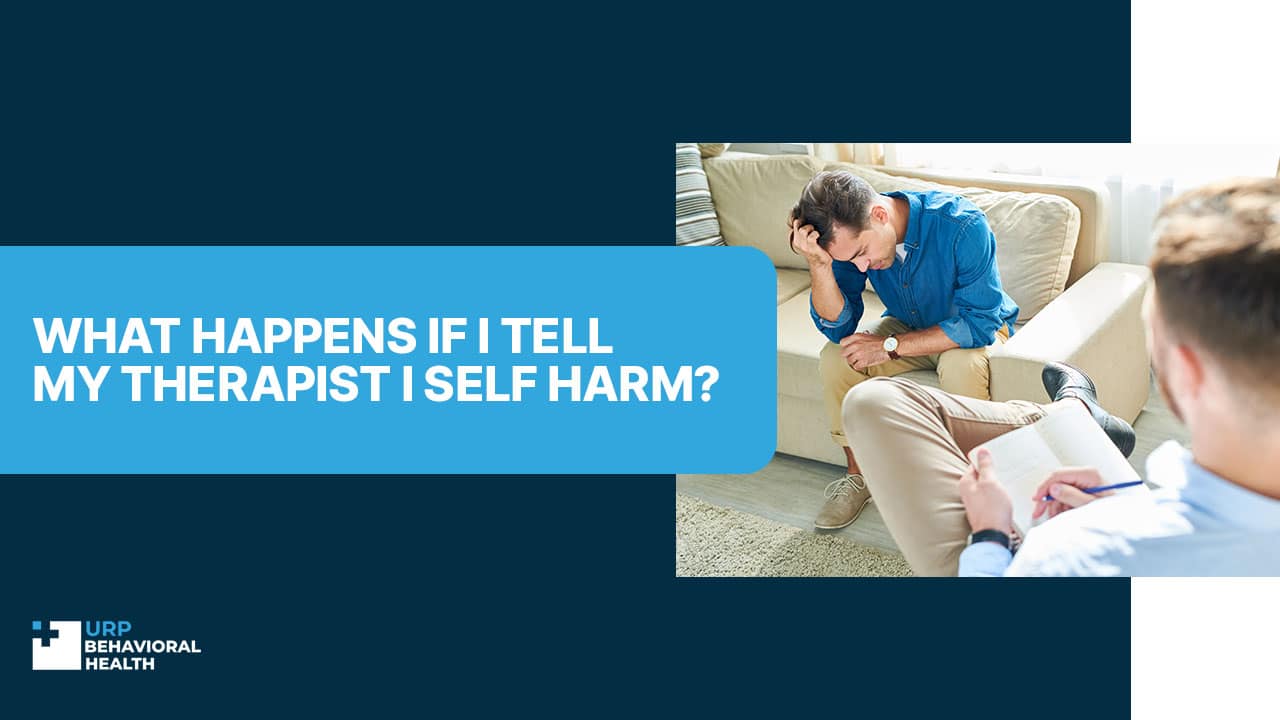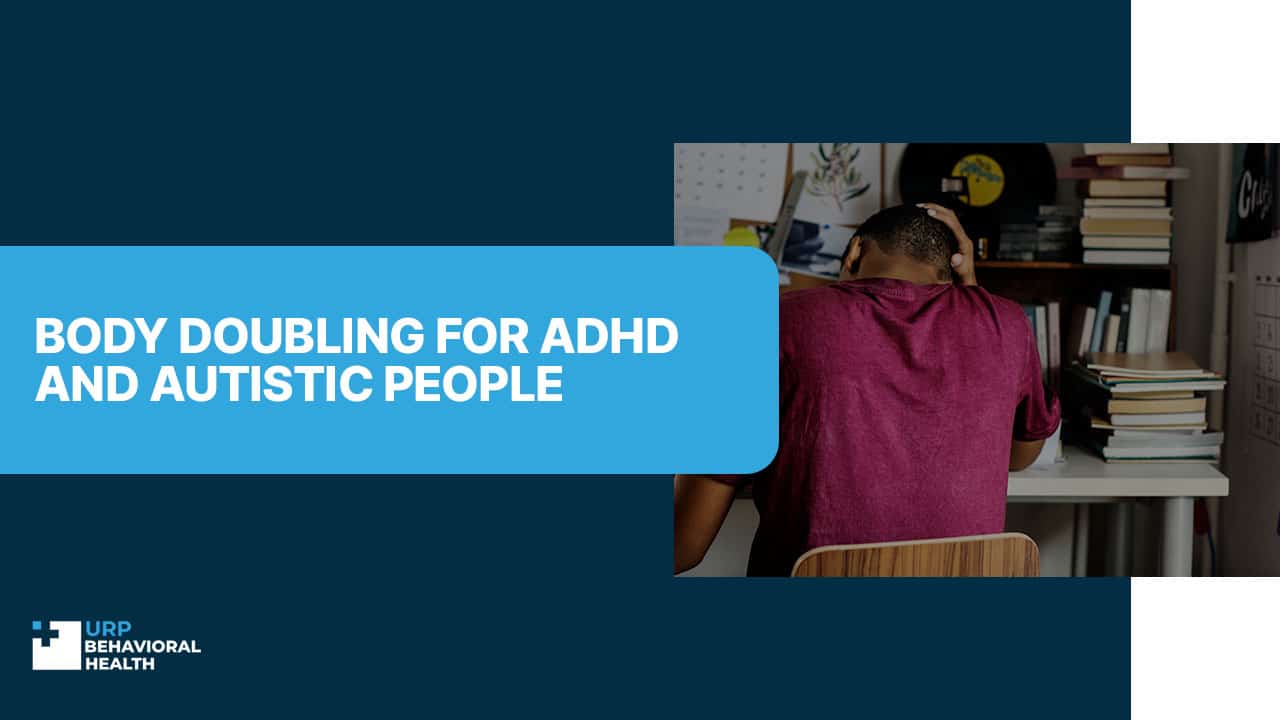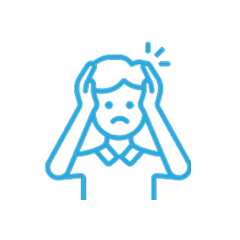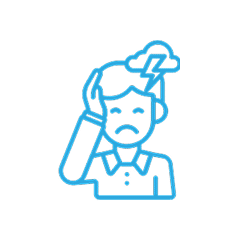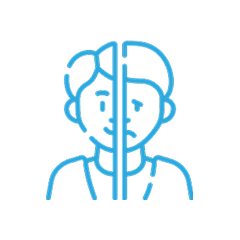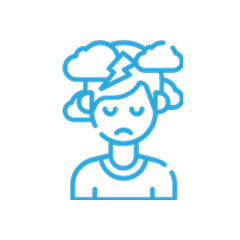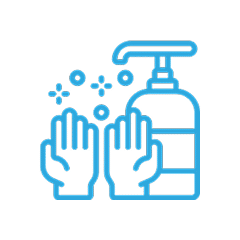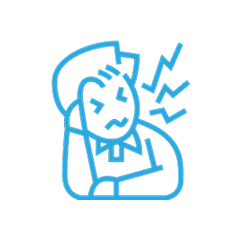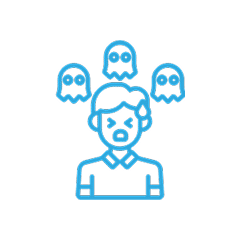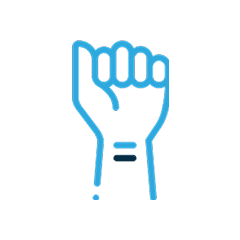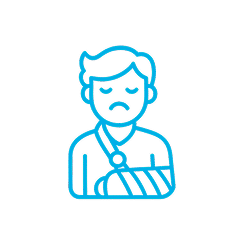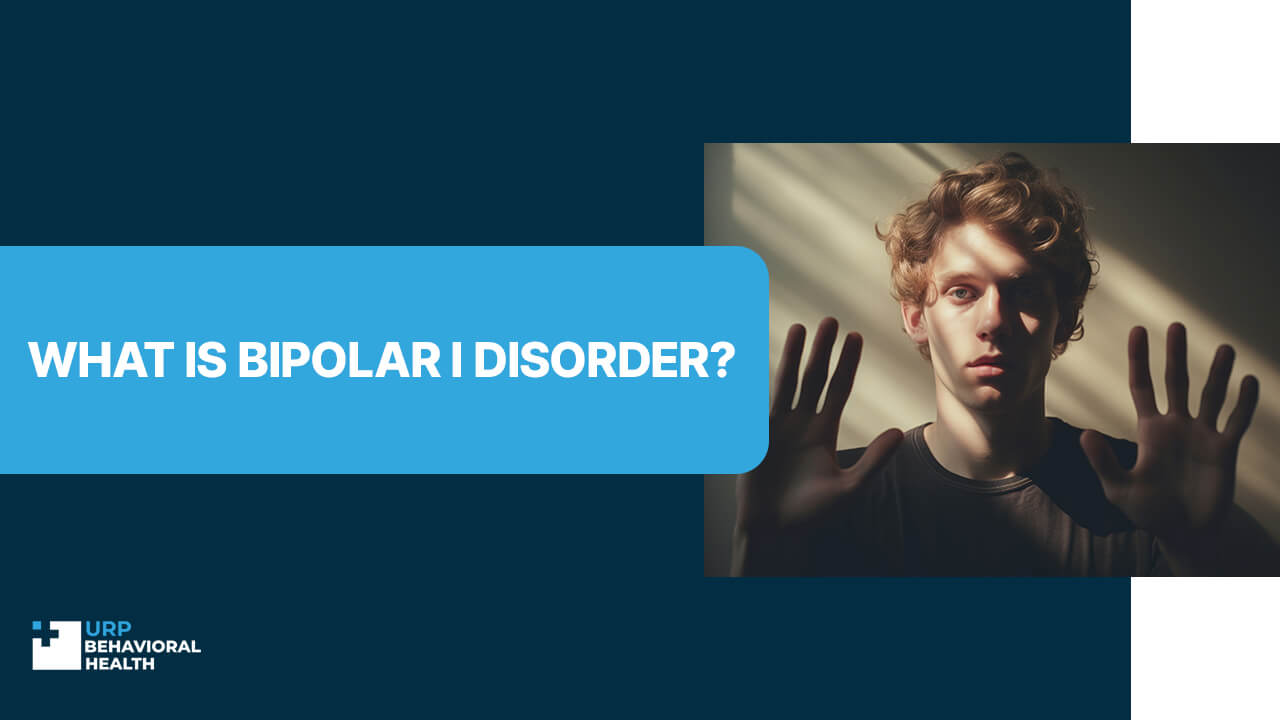
What is Bipolar I Disorder?
Extreme bipolar disorder, which is also referred to as bipolar disorder, is a mental condition that produces emotional episodes of high and low moodiness, ranging from severe mania to depression. High moods in individuals with bipolar disorder are hypomanic, while Bipolar I involves numerous episodes that can disrupt everyday activities and is considered the most severe type of dysfunctional condition in daily life. Bipolar I Disorder, if diagnosed, causes, symptoms, and how it can be treated to improve quality of life, and if someone has it, he or she will be very difficult to deal with.
What is Bipolar Type I Disorder?
Bipolar Disorder is the term used to describe the condition of exhibiting a minimum of one manic episode lasting over a week or manic symptoms that are severe enough to warrant hospitalization at the time of diagnosis. It is common to experience depressive episodes, which can last for a duration of at least two weeks. Mixed episodes, which may include mixed episodes of type 1 bipolar disorder and types 1 depression and mania, can occur in type 1 bipolar disease patients with both mental symptoms simultaneous[,3] and mixed episodes mental illness. During these intense, highly uncertain periods of mood, a person may experience extreme mood swings, which can impede their daily functioning.
Who Is at Risk for Bipolar I Disorder?
Bipolar I Disorder can be triggered by several factors, making it an even more dangerous condition. The genetic makeup of an individual is crucial; if their family members have a family member with bipolar disorder, the likelihood of developing the disorder increases. The disorder is also accompanied by biological differences, which include changes in brain structure and function. Type I bipolar disorder is a condition that can arise from environmental factors, such as severe stress, trauma, or significant life changes, in individuals with predispositions [2][3]. The onset and severity of manic and depressive episodes can increase due to substance abuse, which can lead to an occurrence of both symptoms and frequency, resulting in increased symptoms and a higher number of manic and depressive symptoms.
Bipolar I Signs & Symptoms
The signs and symptoms of Bipolar I Disorder vary significantly between the manic and depressive phases.
Manic Episodes
Elevated Mood: Abnormally lively, energetic, or akin.
Activity Improvement: Hyperactivity, agitation, or increased goal-directed activities are signs of increased activity.
Decreased Need for Sleep: Slumber after sleeping for a few hours, feeling refreshed and revitalized.
Unusual Talkativeness: Rushing speech, regularly accompanied by frenzied expressions of pressure.
Rushing ideas: Having difficulty coming up with something great to do.Impulsiveness: Defining a hazard-free route, such as using excessively large sums of money, without a legitimate safety precautions program, or by driving recklessly.
Overestimation: An exaggerated sense of competence or potential, or an inflated (hypocritical) belief in one’s own abilities or ego that you cannot realistically describe and would not have in your life. [1][4].
Depressive Episodes
- Persistent Sadness: Feeling sad, empty, or hopeless.
- Loss of Interest: Most activities do not entice or pleasurably delight the senses, making it dull.
- Weight Changes: Significant weight change, no diet, but a substantial increase in size. Sleep Issues: Insomnia or excessive sleeping.
- Fatigue: Frequently feeling drained or unable to focus on tasks on a daily basis.
- Guilt or Worthlessness: The sensation of being worthless or guilty.
- Concentration Problems: Stunching, irritability, and difficulty in focusing or making decisions. [5].
Diagnosis
To accurately diagnose Bipolar I Disorder, it is necessary to undergo a medical and psychiatric evaluation, undergo a physical examination, and use standardized assessment methods. Mental health professionals must comply with the guidelines outlined in the DSM-5 by the Diagnostic and Statistical Manual of Mental Disorders (DSM-5), as instructed by an independent agency, as directed by a national psychopharmacological group. Hypomanic or major depressive episodes are a major depressive episode of hypomanic nature. Diagnosis and diagnosis of type 1 bipolar disorder are dependent on proper diagnosis, often requiring a diagnosis as misdiagnosis is more difficult in the initial stages of the disorder. [6].
Bipolar I Treatment
Treatment for Bipolar I Disorder often involves a combination of therapy, lifestyle changes, and continuous professional support, along with psychotherapy. Medicines are frequently incorporated into treatment plans, but they will not be examined in this article. Instead, individuals are encouraged to seek professional medical advice for personalized treatment plans.
Psychotherapy
The management of individuals with bipolar disorder can be made easier by psychotherapy such as CBT and IPSRT. Individuals can use these therapies to identify and alter negative thought habits, establish daily routines, and enhance their relationships. Psychotherapy also offers psychological strategies to help individuals cope with stress and ensure they do not recur after a period of inactivity. [3][7].
Lifestyle Modifications
Bipolar I Disorder treatment requires the implementation of healthy lifestyle patterns that support effective lifestyle modification. Increasing the frequency of episodes can be achieved by incorporating a regular workout routine, nourishing meals, adequate sleep, and stress relief methods such as mindful and relaxation techniques to stabilize mood. A daily routine that is consistent and dependable can also be helpful. [8].
Support Systems
Adequate support systems, including those for families, friends, and mental health professionals, can help improve the well-being of individuals with Bipolar I Disorder by emphasizing the importance of strong support, family support, and mental health professionals. Emotional support systems are available to provide emotional support in compliance with treatment plans and ongoing care and support during difficult times, in addition to practical help and practical guidance. Connecting with local support groups and resources can assist in creating a sense of community and helping oneself cope with the feelings of isolation. [3].
Professional Help
Seeking professional help is essential for the diagnosis and ongoing management of Bipolar I Disorder. Regular follow-up appointments with mental health professionals can monitor progress, adjust treatment plans as needed, and provide continuous support. Early intervention and consistent care are key to improving outcomes and maintaining stability [2]. At URP Behavioral Health, you will receive the best professional care. Our doctors will make sure you feel comfortable and recover as quickly as possible.
Conclusion
Bipolar Disorder is a complex illness that causes severe emotional changes characterized by severe mood swings, and it is highly comorbid and difficult to cure. Addressing the symptoms, factors, and treatment approaches to manage the disorder effectively is critical for achieving optimal management results. If you or someone you know has type one bipolar disorder, it is necessary to consult with a professional. Individuals with Bipolar I Disorder who can improve their quality of life significantly can often be found alive much sooner with proper treatment and early diagnosis.
Sources
- National Institute of Mental Health (NIMH). (2024). “Bipolar Disorder.” https://www.nimh.nih.gov/health/topics/bipolar-disorder
- American Psychiatric Association. (2024). “What Is Bipolar Disorder?” https://www.psychiatry.org/patients-families/bipolar-disorders/what-are-bipolar-disorders
- National Alliance on Mental Illness (NAMI). (2017). “Bipolar Disorder.” https://www.nami.org/About-Mental-Illness/Mental-Health-Conditions/Bipolar-Disorder
- Cerullo, M. A., & Strakowski, S. M. (2007). “The prevalence and significance of substance use disorders in bipolar type I and II disorder.” https://pubmed.ncbi.nlm.nih.gov/17908301/
- Bauer, M., & Whybrow, P. C. (2001). “Thyroid hormone, neural tissue, and mood modulation.” https://pubmed.ncbi.nlm.nih.gov/12587187/
- American Psychiatric Association. (2013). “Diagnostic and Statistical Manual of Mental Disorders (DSM-5).”
- Miklowitz, D. J. (2002). “The Bipolar Disorder Survival Guide: What You and Your Family Need to Know.”
- Colom, F., & Vieta, E. (2006). “Psychoeducation Manual for Bipolar Disorder.”

